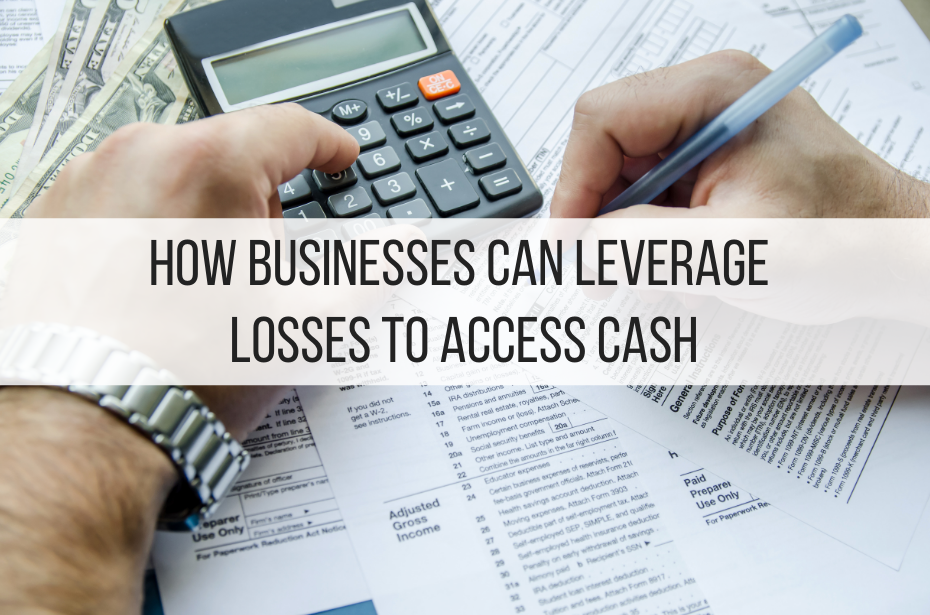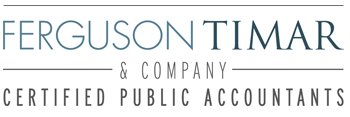
With so many businesses suffering big losses in 2020, CFOs and company owners need to explore robust tax strategies like never before. Legislative responses to the COVID-19 crisis have introduced—or reintroduced—important tools for business to turn operating losses from this year into tax savings and potentially cash.
Over the years Ferguson Timar has served individuals and their businesses through good times and bad. This year has raised challenges like no other. Here are some ideas from our tax professionals for businesses struggling with losses:
Access taxes paid in prior years using net operating losses
In 2017 Congress took away a popular mechanism businesses could use to claim refunds on taxes paid in prior years. Before the 2017 change, businesses could carry their net operating losses (NOLs) back to prior years by filing amended returns for those years. In essence, a business could transform its losses in a down year into losses in a growth year, with the result being a refund.
The coronavirus pandemic has brought back the carryback of NOLs, at least for now. The massive stimulus program passed in the March 2020 CARES Act included a limited-time revival of carrybacks. Under the law, businesses can apply this year’s NOLs to the tax years starting after December 31, 2017, and before January 1, 2021. For those years, NOLs can be used to offset all of a business’s taxable income. The CARES Act also created a mechanism for carrying NOLs forward, which may be beneficial for some businesses.
The flexibility created by the CARES Act has some limits. A business that elects to carryback NOLs must first apply them to the earliest applicable year. In other words, a business that had boom years in 2018 and 2019 would need to apply its 2020 NOLs to the 2018 tax year first.
Explore disaster relief
When President Trump declared the COVID-19 pandemic to be a nation-wide federal disaster in March, he created another potential avenue for businesses to carry back losses from 2020 to 2019. Businesses that have properly extended their filing deadlines for 2019 returns to September or October still have time to look at this option.
Under Section 165(i) of the Internal Revenue Code, businesses within a disaster area are allowed to claim a broad swath of their business losses as disaster-related, provided they meet these criteria:
- The loss must be sustained in tax year 2020.
- The loss must be attributable to “closed and completed transactions” such as the closing of a contract period (i.e., rents).
- Insurance did not compensate the business for the loss.
As with any tax rule, a Section 165(i) claim is subject to specific rules. Ordinary operating losses might not qualify, and other factors, such as how the company used loans, may influence the qualification of specific losses.
Bear in mind that individuals can also claim relief under Section 165(i), but the scope of what they can claim is substantially narrower than what applies to a business filer.
Are you ready to do more with your taxes?
Ferguson Timar continuously explores tax strategies to find the best approaches for our clients. Has 2020 presented your business with losses that you’d like to turn into tax savings or even an infusion of cash in the form of a refund? The tax professionals at Ferguson Timar are standing by to help you get started. Give us a call at (714) 204-0100 or send us a message from our contact page.
